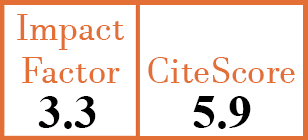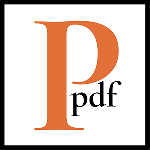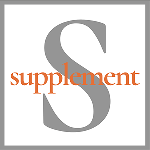Full Papers
Biologic retention rate and efficacy in patients with cluster-based phenotypes of ankylosing spondylitis: data from a Korean national biologics registry
H.K. Min1, H.-R. Kim2, S.-H. Lee3, K.Y. Kang4, S.-H. Park5, K. Shin6, J. Kim7, S.-K. Kwok8
- Division of Rheumatology, Department of Internal Medicine, Konkuk University Medical Center, Seoul, Republic of Korea.
- Division of Rheumatology, Department of Internal Medicine, Research Institute of Medical Science, Konkuk University Medical Center, Konkuk University School of Medicine, Seoul, Republic of Korea.
- Division of Rheumatology, Department of Internal Medicine, Research Institute of Medical Science, Konkuk University Medical Center, Konkuk University School of Medicine, Seoul, Republic of Korea.
- Division of Rheumatology, Department of Internal Medicine, Incheon Saint Mary’s Hospital, College of Medicine, The Catholic University of Korea, Incheon, Republic of Korea.
- Division of Rheumatology, Department of Internal Medicine, Seoul St. Mary’s Hospital, College of Medicine, The Catholic University of Korea, Seoul, Republic of Korea.
- Division of Rheumatology, Department of Internal Medicine, Seoul Metropolitan Government-Seoul National University Boramae Medical Center, Seoul, Republic of Korea.
- Division of Rheumatology, Department of Internal Medicine, Chungnam National University Hospital, Daejeon, Republic of Korea.
- Division of Rheumatology, Department of Internal Medicine, Seoul St. Mary’s Hospital, College of Medicine, The Catholic University of Korea, Seoul, Republic of Korea. seungki73@catholic.ac.kr
CER15104
2022 Vol.40, N°9
PI 1701, PF 1707
Full Papers
Free to view
(click on article PDF icon to read the article)
PMID: 34874838 [PubMed]
Received: 26/08/2021
Accepted : 25/10/2021
In Press: 23/11/2021
Published: 20/09/2022
Abstract
OBJECTIVES:
Patients with ankylosing spondylitis (AS) have a heterogenic disease course and treatment response. Cluster-based phenotypes are useful for predicting AS disease course. Here, we compared drug retention and clinical efficacy of biologic disease-modifying anti-rheumatic drugs (bDMARDs) in AS patients with cluster A and cluster B phenotypes.
METHODS:
AS patients enrolled in the Korean College of Rheumatology BIOlogics registry were divided into cluster A (axial symptoms predominant) and cluster B (both axial and peripheral symptoms). Retention of bDMARDs was measured using Kaplan-Meier curve and Cox regression analyses. Clinical efficacy (BASDAI50, ASAS20, ASAS40, ASDAS inactive state, and clinically important improvement/major improvement of ASDAS) at 1-year follow-up was measured by logistic regression analysis. Also, propensity score (PS)-matched analyses were conducted.
RESULTS:
1600 AS patients (1468 for cluster A, 132 for cluster B) were included. Kaplan-Meier curve analysis revealed that the drug retention rate was lower in cluster B patients (p=0.03). PS-matched analyses showed that the hazard ratio (HR) for drug discontinuation was signi cantly higher in cluster B patients (HR=1.568; 95% con dence interval =1.055–2.329). The odds ratio for BASDAI50 at 1-year was comparable between cluster A and cluster B patients in PS-matched and multivariate logistic regression analyses. A similar result was obtained in other clinical efficacy assessments.
CONCLUSIONS:
The drug retention rate was lower in cluster B patients than in cluster A patients; clinical efficacy was comparable between the two groups at 1-year follow-up. These results may help predict drug retention and clinical efficacy in AS patients.



